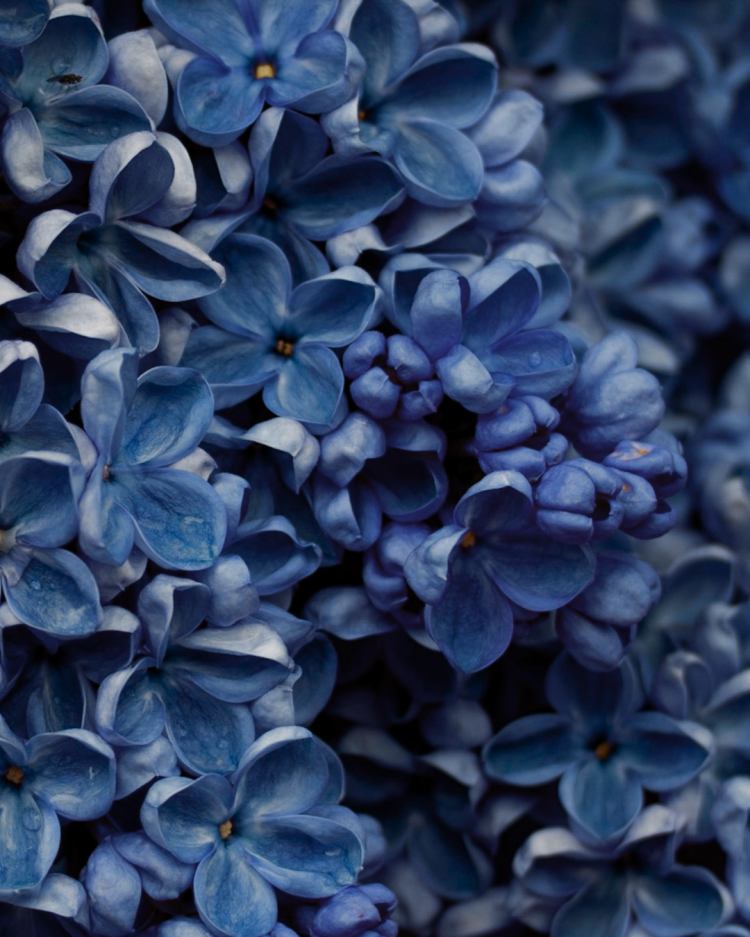Spring is a magical time of year filled with wonder and light. The days stretch longer, wrapping us in their warm embrace, while nature comes alive with a flurry of activity. It is a time of year where many species begin preparing for a new breeding season. But the changes in climate and weather patterns mean that animals are waking up at different times than they used to, so insects might emerge before the plants they need to feed on, or birds before the insects that make up their food supply. Luckily there are individual and collective actions that we can take to help wildlife through this transition. Below are 5 tips to offer invaluable support to some of our most beloved species.
Plant for pollinators: You can help them by planting wildflower seed balls. These are simple to cultivate and care for, and can be dispersed in any location, including a 30cm container on a balcony or doorstep. They are capable of germinating in as little as four weeks. With 30 seeds packed into each small ball, this simple action can create a valuable stepping stone for passing pollinators.
Mow lawns less frequently: our lawns are mini wildlife reserves and the longer the grass, the more species it houses. Insects and invertebrates are an important food source for birds and common lawn plants like clover and dandelion can be a lifesaver for bees and butterflies.
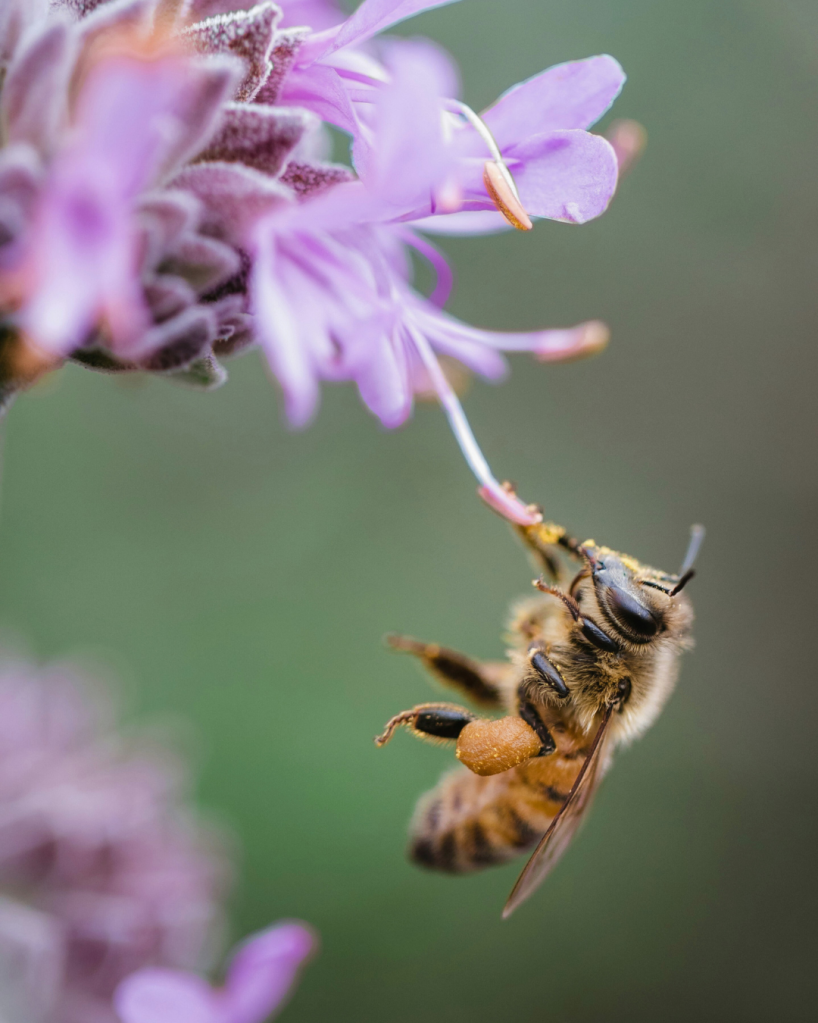
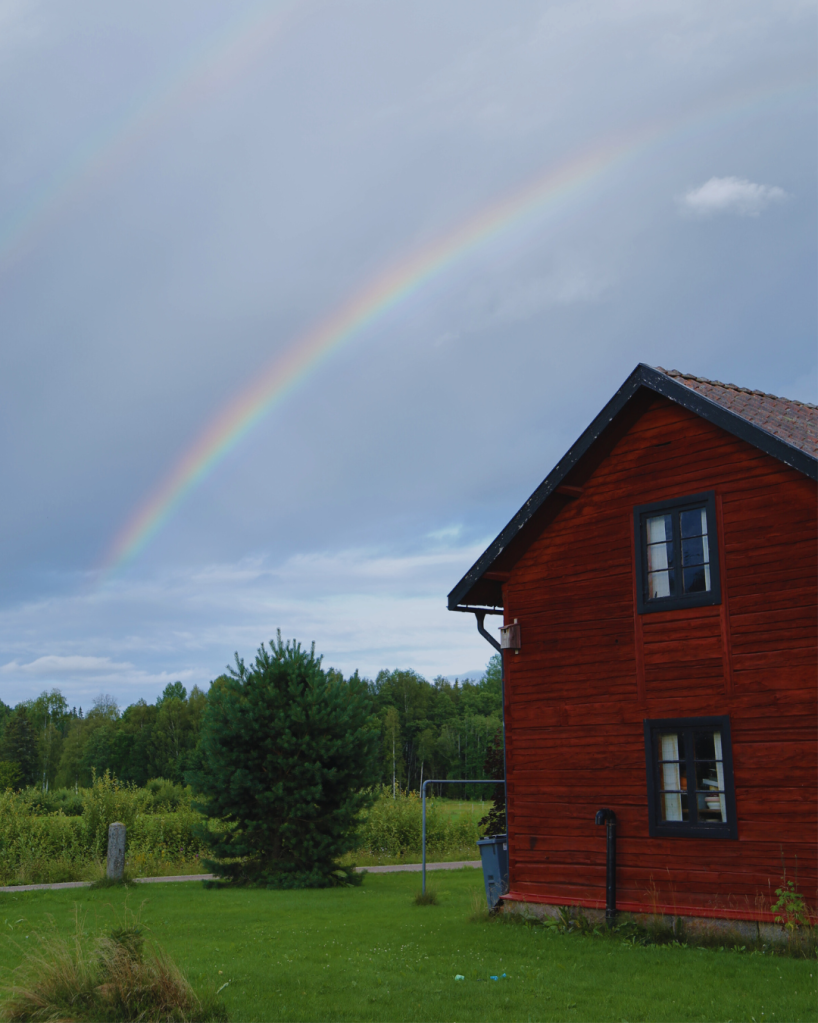
Keep topping up bird feeders: many people recognise that feeding birds can help them through tough winter conditions, but it’s equally important in spring. Early in the season, the nights can still be freezing and the natural larder remains sparse. Extra food can help restore birds to good condition for breeding and provide energy to mate, nest and raise chicks, especially if the weather is cold or wet.
Explore woodland mindfully: Spring is a fantastic time to explore the great outdoors as nature bounces back to life and shows off all its new colours and textures. You can help wildlife during your visit, including ground nesting birds and precious flowers, with simple actions like sticking to paths, keeping dogs on leads and taking litter home.
Obey speed limits: Watch out for animals crossing the road and take responsibility for an animal if you hit it with your car. The risk of encountering an animal on the road is greatest during dawn and dusk, as animals often travel in search of food at these hours. Learn more about wildlife behaviours in your surrounding so that you can try and avoid these types of accidents. For example, deer rarely travel alone, if you see one deer, there are likely to be several more on their way.
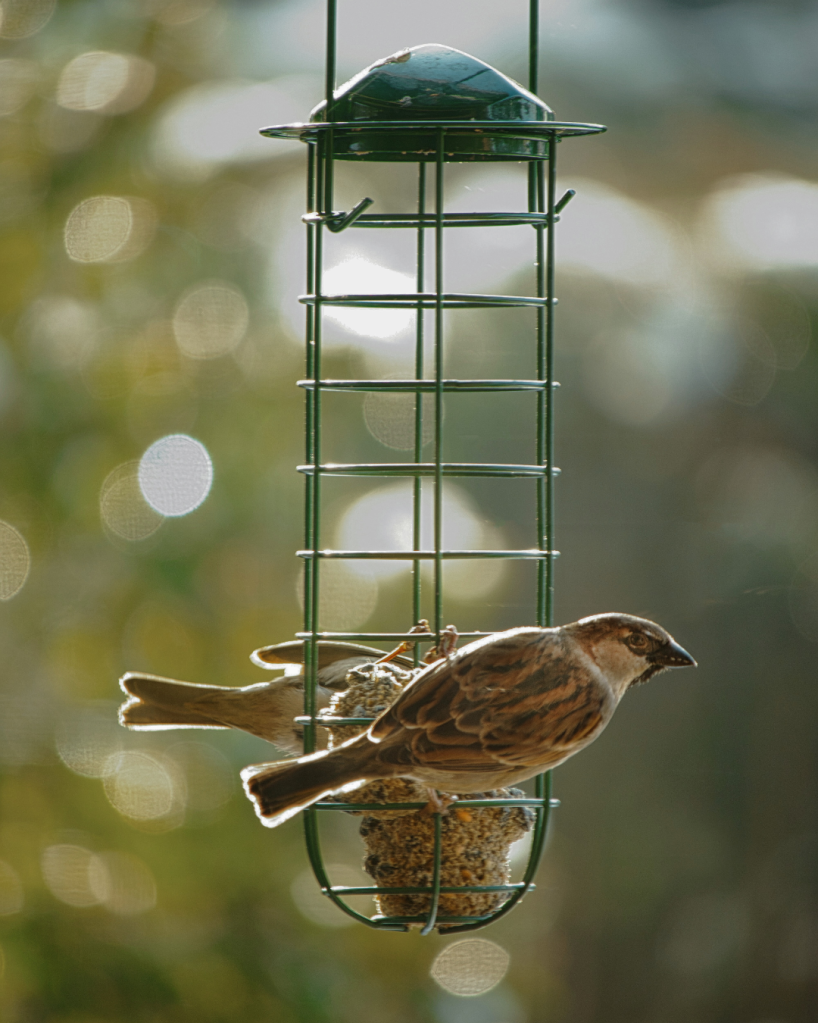
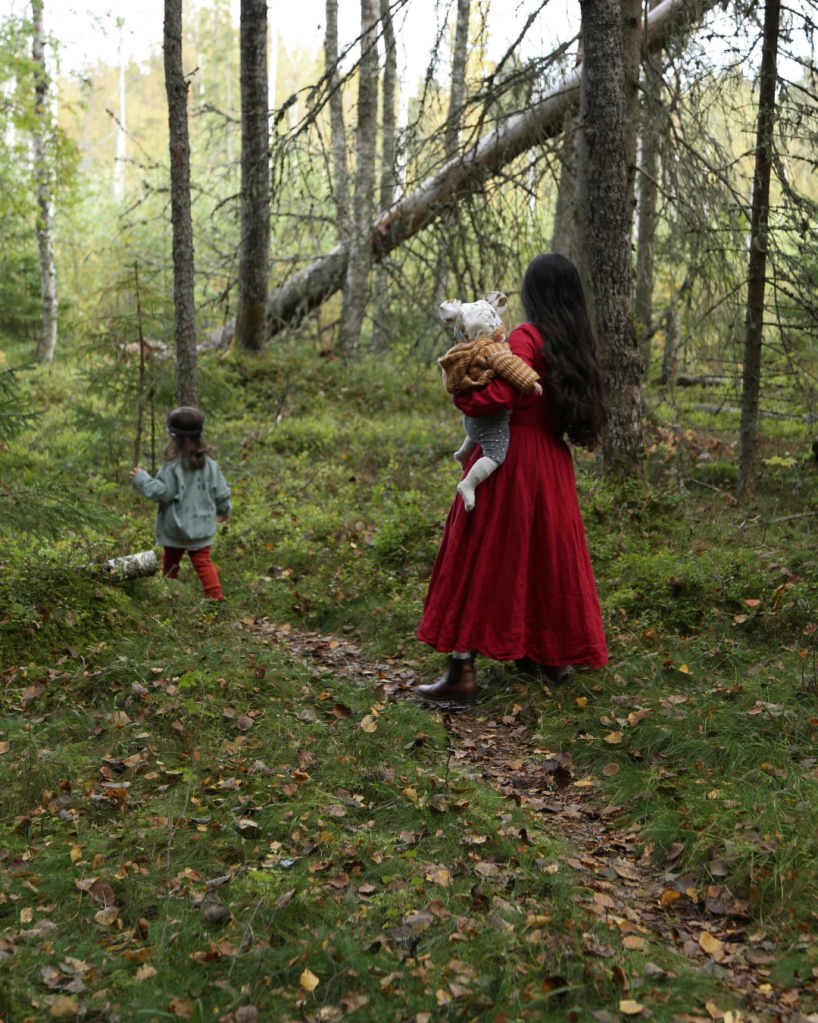
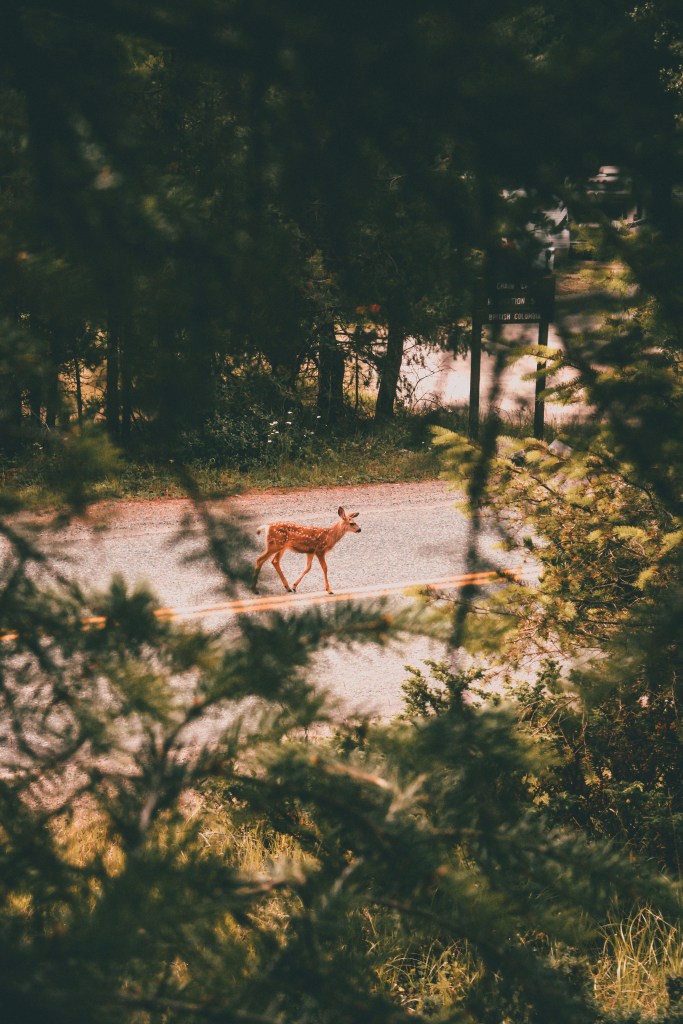
Wishing you all a happy Spring – you have made it through the darkest part of the year! And even though it is still cold in some places around the world, things will soon change. Enjoy the coming of the sun and please make sure to take actions to respect and support the wildlife around you.
*Some of the images in this post have been taken from Unsplash, a platform for free to use, high-definition photos.

